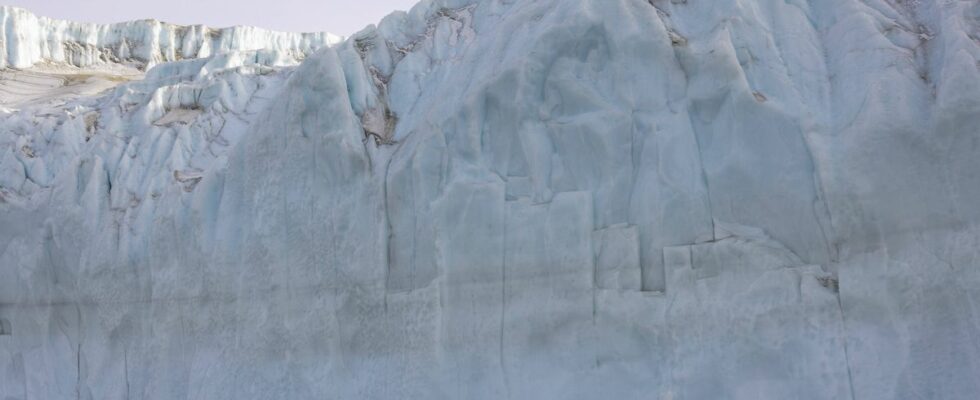Red alert on the South Pole. The Antarctic sea ice broke its melting record for the second consecutive year, even before the end of summer, according to the reference American observatory, leaving the southern continent exposed to waves and hot winds which indirectly threaten the ice cap. On February 13, the extent of sea ice around the South Pole continent “fell to 1.91 million square kilometers,” the lowest extent on record since satellite measurements began in 1978, according to the US National Snow and Ice Data Center (NSIDC).
The previous record was set in February 2022, when the surface area of floating ice in the Antarctic Ocean fell below 2 million square kilometers for the first time. During the last four decades, however, the average Antarctic sea ice remaining at the height of summer remains stable, unlike the sea ice of Greenland and the Arctic where global warming is causing an increasingly stronger.
The ice cap particularly monitored
The cycle in Antarctica (melting in summer, reforming in winter) is in fact subject to significant annual variations. Thus, “four of the five highest annual lows have occurred since 2008,” said the NSIDC. In those good years, the sea ice surface exceeded 3.5 million km2 at the height of the summer melt. But the high melting seen since 2016 raises fears that a significant downward trend is taking place for the first time.
The melting of sea ice does not have an immediate impact on sea level, because sea ice is formed by freezing salt water already present in the ocean. But “the absence of pack ice over much of the Antarctic coast exposes the ice shelves that line the ice cap to wave action and higher temperatures,” warns the NSIDC.
However, the ice cap, a thick freshwater glacier that covers Antarctica, is particularly monitored by scientists because it contains enough water to cause a catastrophic rise in the level of the oceans if it were to melt. In addition, less sea ice cover, whose white surface reflects the sun, increases the warming of the oceans, accentuating the effects of climate change caused by human activity. “The annual minimum cover has been reached between February 18 and March 3 in recent years, which suggests a further drop” by the end of the austral summer, marked by extreme temperatures in Chile and Argentina , warns the NSIDC.

